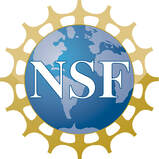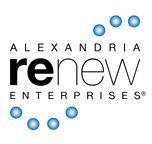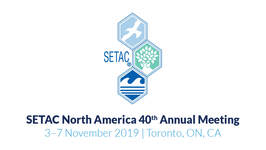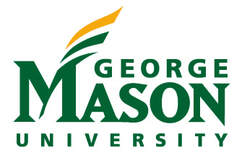LAB NEWS
December 2022
Lauren Hawley successfully completed her Master's degree in the lab.
November 2022
Samantha Mohney and Dr. Scott Glaberman present their research at SETAC North America meeting in Pittsburgh. 🔗
December 2021
Samantha Mohney and Stephanie Bulls successfully defend their Master's theses.
October 2021
August 2021
|
Samantha Mohney, Dr. Glaberman, and collaborators from Old Dominion University received funding from Virginia's 4VA system to work on harmful algal blooms in Virginia.
|
August 2020
|
We received an NSF grant to work with Dr. Ylenia Chiari and Dr. Vincent Lynch on understanding the drivers of body size and longevity in reptiles.
|







